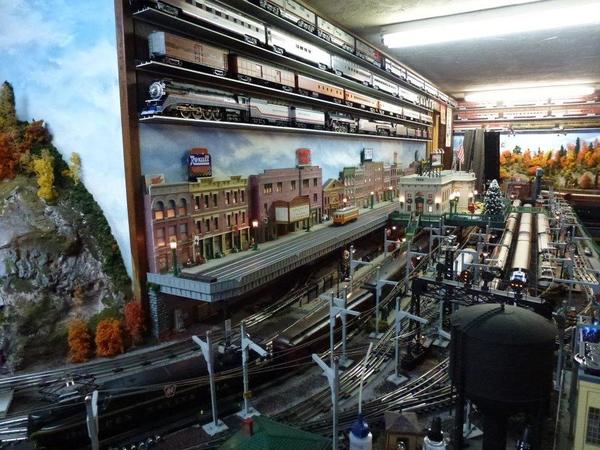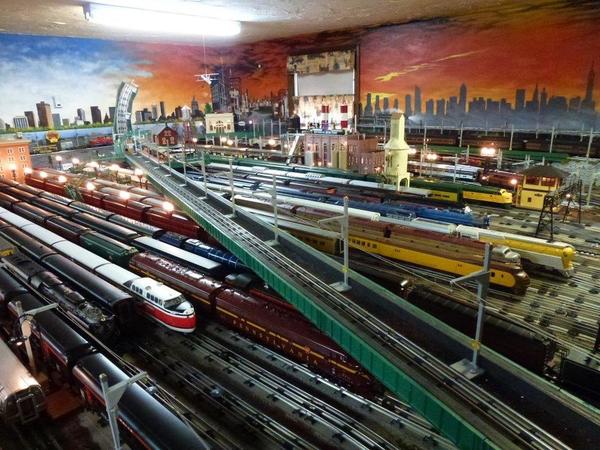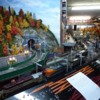MTH Catenary is rigid wire. If you see sparks, the pan does not have enough pressure on the wire. What height did you put your contact wire at? The point of contact should be 5 1/8 inches over the center rail. John is correct on the soldered wire. I run many hundred feet of catenary wire and each piece is soldered to the next. When Mike was considering catenary as a product he came to study my wire. The one thing I told him on using sectional catenary was to use very rigid poles. The MTH wire could be about an inch shorter in length. When you take time with the MTH catenary, you can do a good job and make it work very good. Sectional catenary is great for O gauge use. I have seen a few fine scale catenary systems and it does not look good when the pan is riding under the wire pushing it skyward as the engine moves along. It reminds me of people doing the wave at a football game. It may look pretty but it ends there. Copper or brass contact wire can wear out. You will never wear out MTH sectional wire.
A few guys have built beautiful looking non functional catenary systems. To me, if it does not take current from the wire it does nothing for me. To each his own.
Rak, as far as your pan getting hot, here is what you need to do. Solder a wire to the bottom of the contact shoe on your pan and solder the other end on the base of the pan. You already figured this out. Good observation on your part. The idea of the pan mechanism is to put the contact shoe on the wire. The pan mechanism is not for carrying current but to raise the contact shoe to make contact with the catenary wire. The way you are doing it now adds to your sparking.
If I can be of any help, feel free to hit my email. I have a large fleet of electric locomotives and NONE of them have third rail pick up rollers under them.











